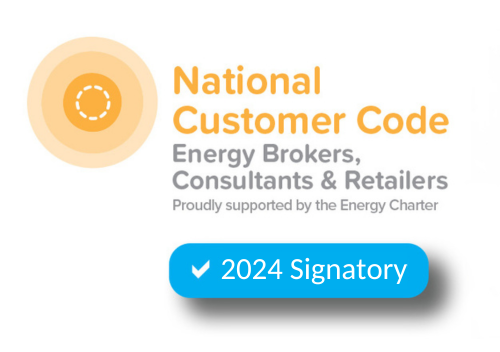The details of the Government’s National Energy Guarantee are sketchy, to say the least, but the one thing that is clear is that the time to invest in behind the meter solar generation is now.
Under the new plan, there are two years left before subsidies on renewable energy sources will be scrapped, which means that prices for installations will increase as from 2020. The government’s reasoning is that the market would be able to “stand on its own two feet” by 2020 and to “ensure a level playing field”.
Commentators and experts have said that having some form of policy is better than having no policy at all, but experts also said that the NEG is shoddy and lacking in details of how it is going to work.
It must be pointed out that Chief Government Scientist Alan Finkel took a painstaking year to carry out his review, but the Energy Security Board only had its first meeting four weeks ago and its brief was to focus on supply.
Some experts say that the NEG will effectively put a price on carbon and make it impossible for Australia to meet its Paris Climate Accord obligations. Others have gone further in saying that the country is replacing the Clean Energy Target with a Dirty Energy Target that favours coal operators and the energy oligarchy.
Experts have also said that they could not understand the workings of how businesses and households will save $115 per year from 2020-2030. Some have calculated that the best case scenario is a saving of $25 per year, not accounting for inflation and also not accounting for what prices will be in the future.
The government has also not yet stated what it is going to do to alleviate the financial pain that businesses and households will experience for the next two years until the policy kicks in.
Just before the PM announced the NEG, a study by Energy Synapse, commissioned by the community lobby group Solar Citizens, highlighted broad benefits of the more than 6GW of behind the meter solar installed on more than 1.7 million household and business rooftops.
Behind the meter solar in NSW saved between $2.3 and $3.3 bn in one year
The study notes that in NSW alone the savings from rooftop solar – by reducing demand at crucial times and challenging the dominance of the big generators in the wholesale market – were between $2.3 billion and $3.3 billion in the 12 months to April, 2017.
Even though behind the meter solar only provides 2 percent of total generation, the study found it clipped prices by $29-44/MWh – up to 50 percent higher than the actual price.
Major generators have long complained about how behind the meter rooftop solar is “clipping their margins”, and networks have also underscored the other major finding of the Energy Synapse study by pointing out that rooftop solar is narrowing and lowering the periods of peak demand.
Behind the meter solar will be affected by National Energy Guarantee
The impact of the NEG on the renewables sector is hard to predict, but it is not looking very positive. Modelling for the government suggests that the share of renewables in total generation will be 28-36 percent by 2030 – and the level of wind and solar 18-24 percent.
This compares to a level of 42 percent suggested by Finkel in the CET, Labor’s 50 percent target, and the 70 percent deemed necessary if Australia wants to meet the international 2°C global warming target.
This new modelling represents only a modest increase in renewables, and possibly a virtual stop. While it will clearly impact on behind the meter solar, it could likely bring new large-scale development of wind and solar to a halt.
Experts puzzled by NEG workings
The projected 2030 level of renewables has many in the industry puzzled. Clean Energy Council chief executive Kane Thornton said that with the NEG, the share of renewables in the National Electricity Market will increase from about 13 percent to 23 percent under the Renewable Energy Market by 2020.
But there is still a lot of confusion and some analysts believe that the rooftop solar may have not been factored into the report’s workings. Dylan McConnell, an energy analyst at Melbourne University’s Australian-German Climate & Energy College, said the Energy Security Board (ESB) modelling must be excluding rooftop solar photovoltaics.
According to the Australian Energy Markets Operator, rooftop solar will rise from 6.3 terrawatt-hours this year to 8.9 TW-hours by 2020 and then more than double to 19.9 TW-hours by 2030.
If it is included, “‘intermittent’ renewables will make up the 18-24 percent well before 2030 – and will actually make the lower end of their range – 18 percent by 2019,” Mr McConnell was quoted in the media.
“In order to stay below 24 percent, you would literally have to prevent people installing rooftop solar – even if you assume no new large-scale renewable projects were developed post-RET, post 2020,” he said.






